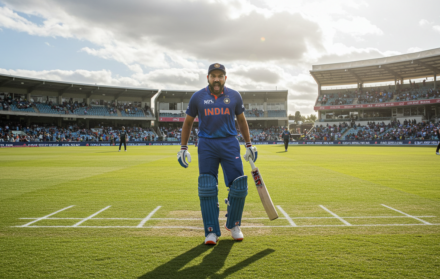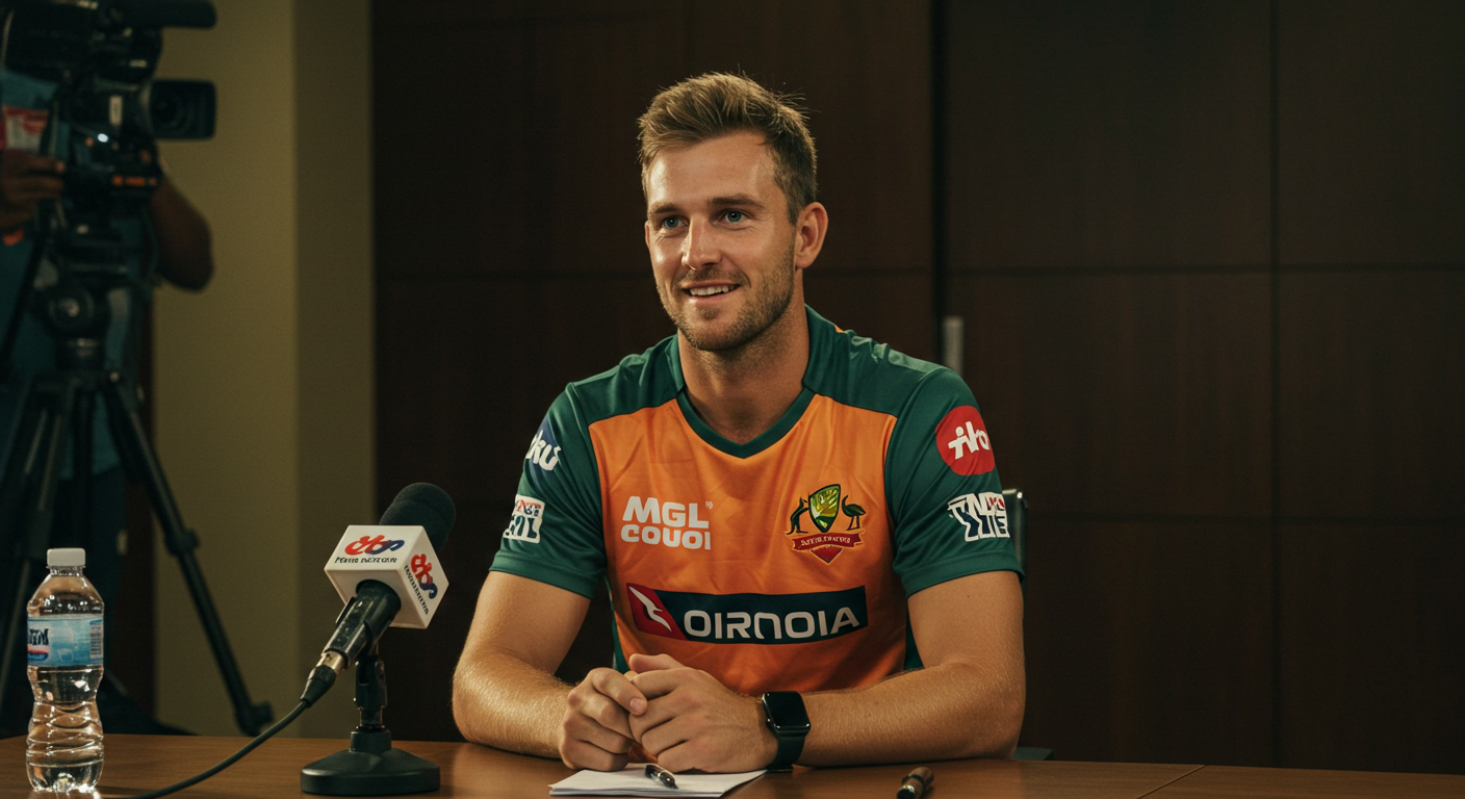
Most Expensive Players in IPL 2025: Are They Worth the Price?
The IPL 2025 auction was a spectacle of scale, hype, and eye-watering bids. With retention resets and teams flush with new budget ceilings, franchises didn’t hold back. Marquee Indian stars and proven international performers were hot commodities, but the top of the list stunned even seasoned observers. Rishabh Pant’s ₹27 crore acquisition by Lucknow Super Giants became the most expensive purchase in IPL history. Hot on his heels, Shreyas Iyer went to Punjab Kings for ₹26.75 crore, while Venkatesh Iyer returned to Kolkata Knight Riders for ₹23.75 crore. These numbers aren’t just record-breaking—they come with immense weight.
Because in the IPL, money doesn’t just buy talent. It buys responsibility. When a player commands over ₹20 crore, they’re expected to deliver more than flashy knocks or isolated spells. They are tasked with shaping games, carrying pressure, and justifying faith with consistent, match-defining performances.
So far in IPL 2025, some of the biggest names have flared, while others have faltered. This article cuts through the spectacle to ask a simple but serious question: Are the most expensive players in IPL 2025 actually worth the price? Let’s start at the top of the financial food chain and work our way down through the ten most expensive men in this year’s league.
1. Rishabh Pant – ₹27 crore (Lucknow Super Giants)
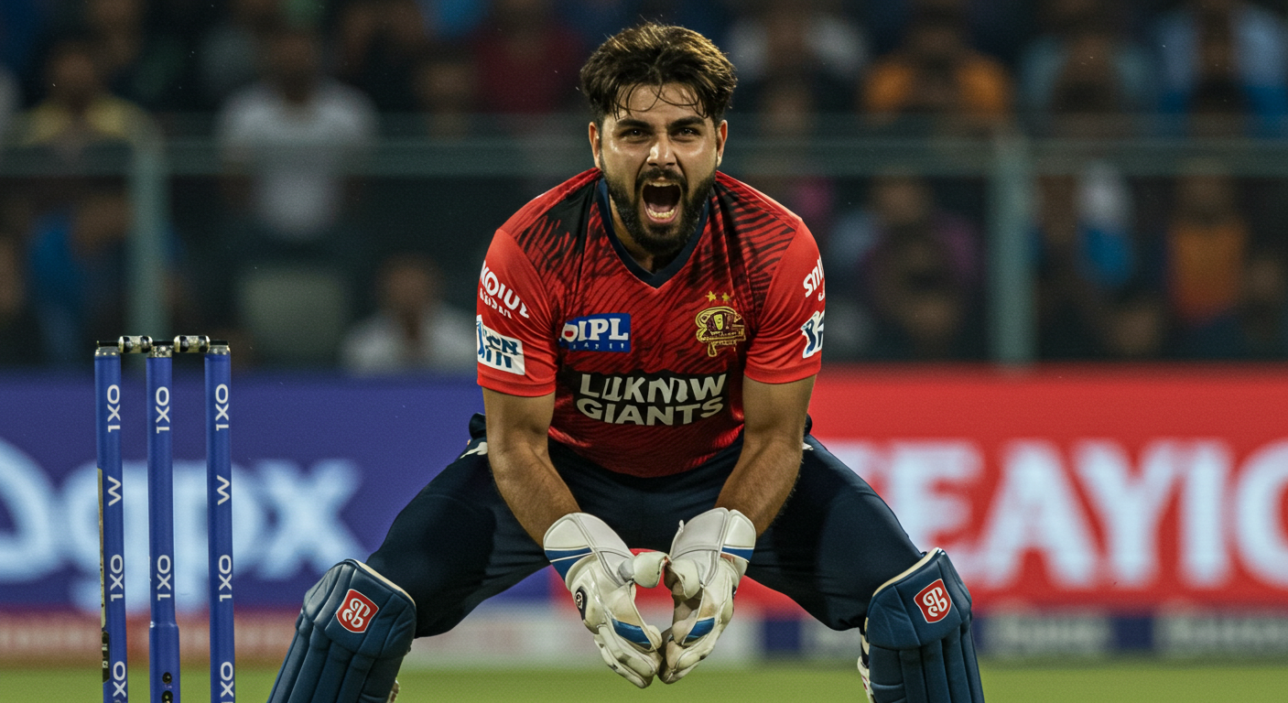
No price tag has cast a longer shadow over IPL 2025 than Rishabh Pant’s ₹27 crore deal with Lucknow Super Giants. The franchise saw in him a leader, a marketing juggernaut, and a game-changer. They got all three—at least on paper. But the results on the field have been underwhelming, and the weight of that fee is beginning to show.
Pant’s stats so far paint a concerning picture: across his first seven matches, he’s managed just 103 runs at an average below 18 and a strike rate barely crossing 105. That might be tolerable for a tailender. For the league’s most expensive signing, it’s a glaring red flag. His batting has lacked rhythm, with early dismissals becoming a pattern—usually while attempting premature aggression. What once seemed like fearless intent now looks like recklessness under pressure.
His glovework has remained solid—quick, agile, and clean—but even that has not been enough to anchor his value. As captain, Pant appears unsettled. Lucknow have chopped and changed their playing XI often, and some of his bowling changes have baffled critics. It’s still early in the season, and Pant is capable of flipping momentum with a single innings. But for now, ₹27 crore has yielded neither results nor reassurance.
The verdict? Too early to write off, but if form doesn’t improve in the second half, this could go down as one of the costliest miscalculations in IPL history.
2. Shreyas Iyer – ₹26.75 crore (Punjab Kings)
If Pant’s season has been defined by pressure and missed opportunity, Shreyas Iyer’s has been a lesson in composure and quiet control. Acquired for a mammoth ₹26.75 crore by Punjab Kings, Iyer was brought in to stabilise their batting lineup and lead from the front. And so far, he has done exactly that.
In eight matches, Iyer has amassed 405 runs at an average of 50.62 and a strike rate of 134. That balance—between security and aggression—is precisely what Punjab’s fragile middle order needed. Whether coming in at 30/2 or anchoring a Powerplay rebuild, Iyer has been Punjab’s rock. His ability to rotate strike and then shift gears in the final ten overs has created space for power-hitters like Liam Livingstone and Jitesh Sharma to play freely.
What’s also helped is his return to full fitness. For the first time in years, Iyer looks physically sharp—his footwork is nimble, and his strokeplay carries that old authority. With the captaincy mantle sitting comfortably on his shoulders, he’s managed his bowlers astutely and field placements tactically. His calm presence on the field has brought clarity to a franchise long defined by chaos.
At ₹26.75 crore, Punjab may have paid top dollar—but Iyer is showing why every rupee might be justified. If this form holds, he won’t just be worth the price—he’ll be the bargain of the big buys.
3. Venkatesh Iyer – ₹23.75 crore (Kolkata Knight Riders)
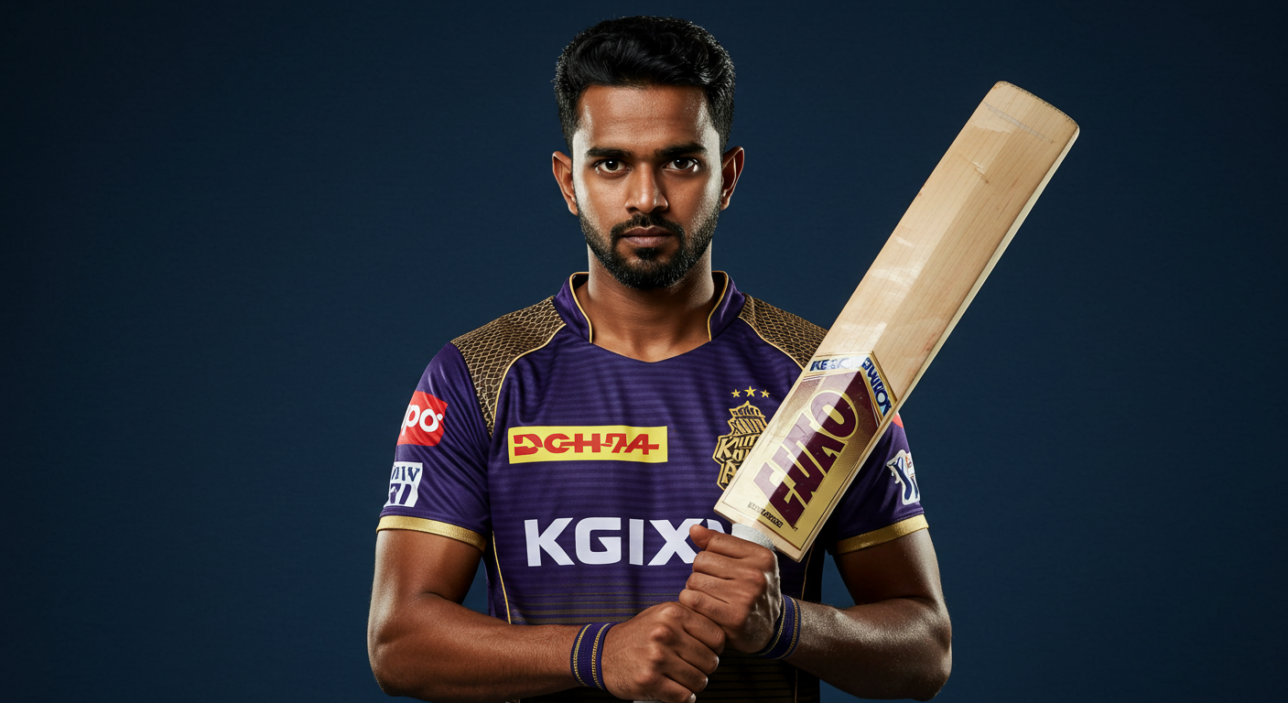
Venkatesh Iyer’s ₹23.75 crore re-signing by Kolkata Knight Riders turned plenty of heads—not just for the price, but for the faith it reflected. After an uneven 2024 season, there were doubts about whether KKR would invest heavily again in their dynamic all-rounder. But the management doubled down, making him their marquee Indian star for 2025. So far, the results have been mixed—but not without promise.
With the bat, Iyer’s performances have been volatile. He has notched up two fifties, including a 71* that sealed a tricky chase against Sunrisers, but he’s also recorded three single-digit scores that have stalled momentum at the top. His strike rate—hovering around 145—remains healthy, but inconsistency continues to define his season. As an opener, he remains susceptible to movement early on, and when wickets fall around him, he struggles to switch gears and play the anchor.
With the ball, he’s been underused—just 7 overs bowled in 8 games—suggesting that the management doesn’t see him as a reliable sixth option. That reduces his overall utility, especially given how much he’s costing the franchise.
Still, there’s no denying Iyer’s X-factor. He brings balance to the XI, is excellent in the field, and on his day, can win matches almost single-handedly. But in a ₹23 crore player, franchises aren’t looking for flashes—they’re paying for consistency and leadership. KKR has offered him both trust and top billing. It’s now up to Iyer to show he’s more than a fan-favourite: he needs to become a week-in, week-out match-winner.
At the halfway point of the season, his campaign is best described as unfinished business. If he can string together performances in the back end of the tournament, this investment may yet pay off. But for now, he’s only halfway toward justifying the price.
4. Yuzvendra Chahal – ₹18 crore (Punjab Kings)
When Punjab Kings shelled out ₹18 crore for Yuzvendra Chahal, they didn’t just buy a spinner—they bought a strategy. Chahal has long been one of India’s most consistent white-ball bowlers, but in recent seasons, he had quietly slipped off the radar in favour of younger wrist-spinners. Punjab’s bid was a gamble on both experience and redemption. And it’s one that, so far, is delivering.
Chahal has been lethal in the middle overs, picking up 13 wickets in his first 8 matches at an economy under 7.4—an outstanding figure in a season where batters have routinely dominated the Powerplay and death. He’s turned matches with his ability to attack with flight, deceive with drift, and adapt lengths ball by ball. Against Mumbai, his 3/21 completely derailed their chase. Against Delhi, he delivered a rare wicket-maiden when the match was hanging in the balance.
More than stats, though, it’s his control that’s impressed. Chahal rarely overcomplicates things—he knows his strengths and plays to them. That experience has been crucial for Punjab, especially when their pace battery has lacked bite. And despite not being captain, Chahal’s tactical input has been visible in field placements and bowling changes.
₹18 crore is a hefty sum for a leg-spinner, but Punjab’s faith looks increasingly well placed. Chahal may not be a headline-grabber, but he is winning matches through discipline and guile. If Punjab make the playoffs, he will be one of the key reasons why.
In short: expensive, yes—but worth every rupee so far.
5. Arshdeep Singh – ₹18 crore (Punjab Kings)
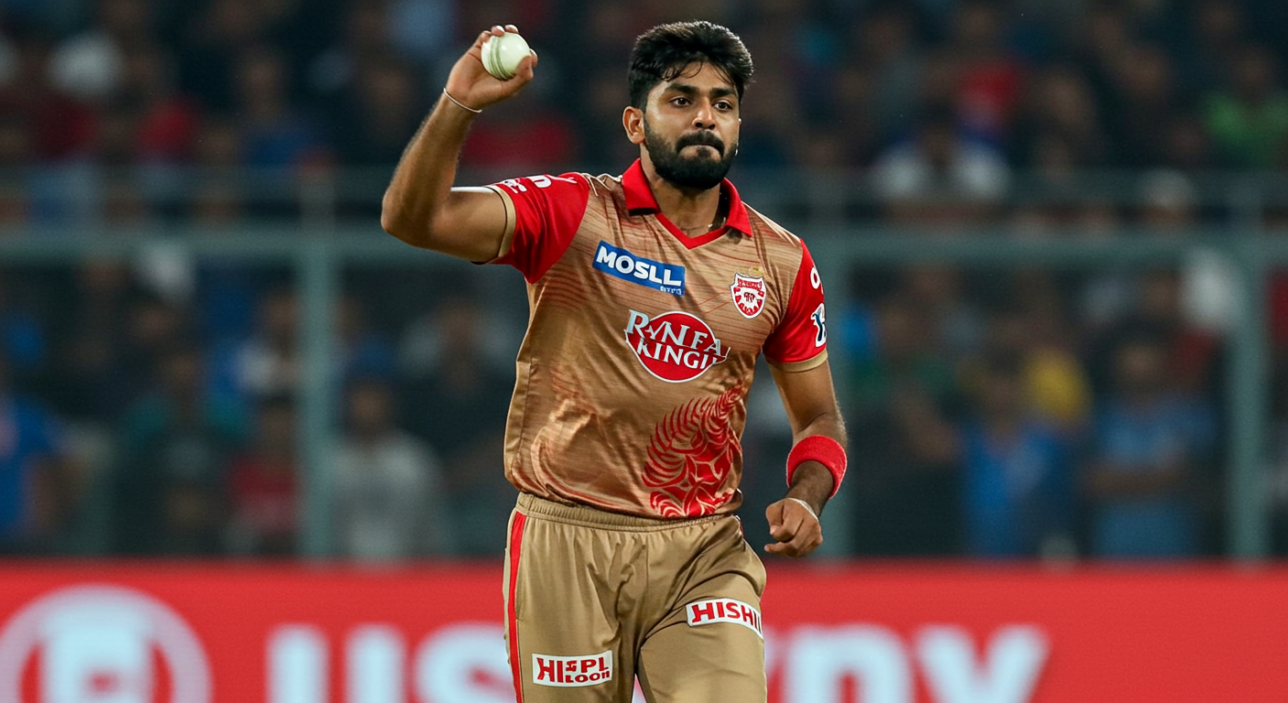
₹18 crore for a left-arm seamer might have seemed excessive to some, but Punjab Kings clearly saw Arshdeep Singh as a long-term spearhead for their bowling attack. Having emerged as a reliable death-overs specialist over the last few seasons, Arshdeep’s value lies not just in his wicket-taking ability, but in how he absorbs pressure at crunch moments. In 2025, however, the results have been mixed.
Statistically, Arshdeep has delivered 10 wickets from 8 games, but with an economy rate touching 9.5, he’s leaking more runs than Punjab would like—especially at the death. He’s bowled in high-pressure scenarios: 18th and 20th overs against top teams, with limited fielding support and often erratic spin backup. While he’s still producing occasional yorkers and the odd breakthrough, the consistency that once defined him has wavered.
It hasn’t all been downhill. His spell of 2/19 against RCB on a belter was a reminder of what he can do with the new ball. His left-arm angle and subtle variations remain dangerous. But his slower balls have become more readable, and batsmen are beginning to premeditate his death-over routines.
For ₹18 crore, Punjab would have expected dominance. What they’ve got so far is reputation carrying more weight than execution. The franchise needs Arshdeep to rediscover his rhythm fast—not just for wins, but to justify a top-five price tag.
He’s far from a flop—but unless the economy drops and wickets rise, he may be remembered this season more for his price than his performances.
6. Jos Buttler – ₹15.75 crore (Gujarat Titans)
After years as Rajasthan Royals’ talisman, Jos Buttler’s move to Gujarat Titans for ₹15.75 crore was one of the major reshuffles of the 2025 auction. The price tag reflected what he offers: explosive starts, global experience, and a killer instinct in chases. Gujarat needed a replacement for Hardik Pandya’s aura—and they looked to Buttler to deliver it at the top of the order.
Early signs, however, have been worrying.
In 7 matches so far, Buttler has scored just 147 runs, averaging 21 with a strike rate of 129—well below his career standards. He’s been dismissed cheaply in Powerplays, often trying to manufacture shots before getting his eye in. Against spin, particularly left-armers, he’s looked unusually tentative, failing to rotate strike and inviting pressure. The match against Chennai summed up his woes: a 14-ball 10, followed by a misjudged lofted shot straight to mid-off.
There have been flashes—his 61 against Delhi showed the kind of rhythm he’s capable of—but those innings have been few and far between. With Gujarat’s batting order leaning heavily on overseas firepower, Buttler’s form has had a direct impact on results. His struggles at the top have left the middle order scrambling too early.
At ₹15.75 crore, the franchise expected him to be not just a contributor, but a match-winner. So far, he’s been neither. If Buttler can regain his timing, Gujarat could yet surge into the playoffs. But if the lean patch continues, questions will be asked about whether a declining white-ball master deserved a marquee contract in the first place.
7. KL Rahul – ₹14 crore (Delhi Capitals)
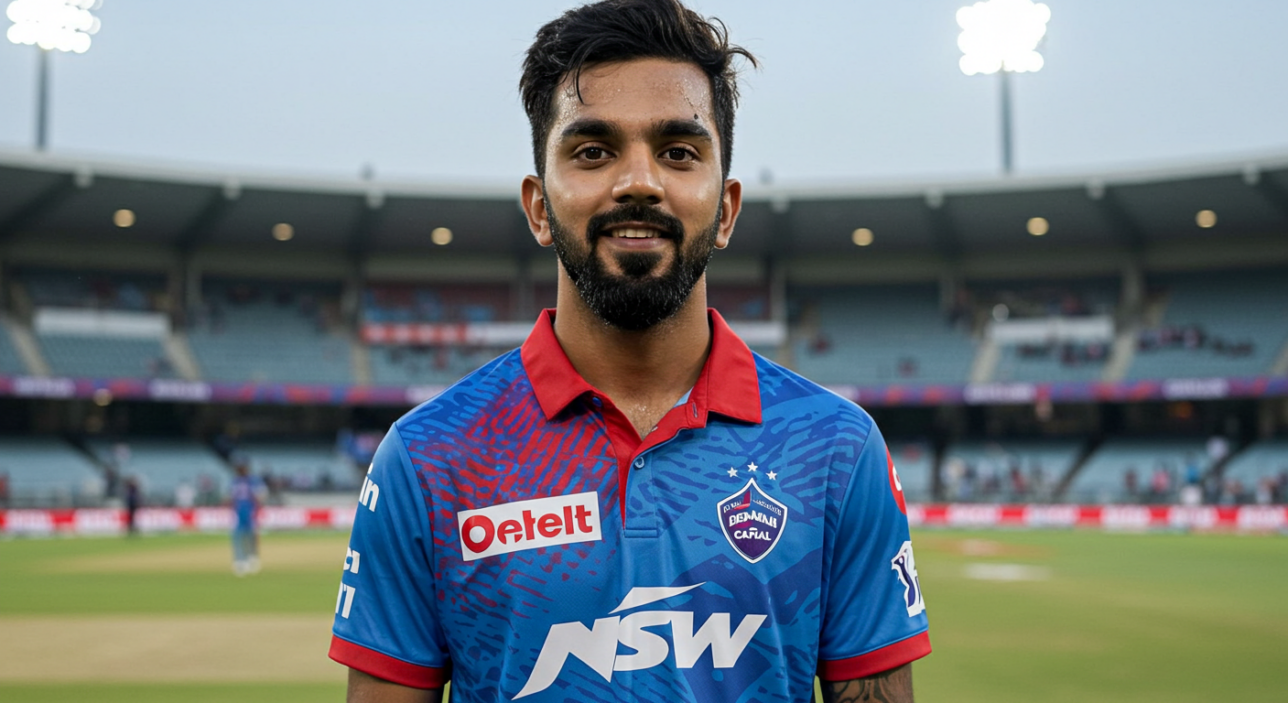
KL Rahul’s move to Delhi Capitals for ₹14 crore was framed as a tactical reset for both player and franchise. After years with Lucknow, where he captained with a cautious, often criticised style, Delhi bet on Rahul’s class at the top to provide stability—and perhaps a shift in tempo. What they’ve received so far is a paradox: consistency without dominance.
Rahul has averaged around 37 across 8 matches—respectable, yes, but at a strike rate hovering near 124, which feels increasingly outdated in the modern IPL. In the Powerplay, he’s rotated the strike well but has struggled to clear the ropes early. His innings often stretch into the 40s or 50s, but rarely at a pace that seizes momentum. Against spinners in the middle overs, he’s shown technical control, but the intent to attack has been selective at best.
Delhi’s management has tried pairing him with aggressive openers, but Rahul’s conservative starts often neutralise their impact. Worse, in a few high-pressure chases, his lack of acceleration in overs 7–14 has left too much to be done at the back end. It’s not that he isn’t scoring—it’s that his scoring doesn’t tilt games.
Rahul’s wicketkeeping remains reliable, and his experience in high-pressure situations brings value. But he isn’t a finisher, nor is he dictating terms in the Powerplay. At ₹14 crore, he’s expected to be either a volume scorer or a tempo-setter. At present, he’s neither.
A strong second half of the season could change that narrative—but unless he recalibrates his intent, this price tag may end up looking generous for a player who feels increasingly outpaced by the league’s evolution.
8. Trent Boult – ₹12.5 crore (Mumbai Indians)
When Mumbai Indians brought back Trent Boult for ₹12.5 crore, it was both a reunion and a calculated gamble. Boult, now in the veteran stage of his T20 career, still possesses one of the finest new-ball spells in world cricket—but questions lingered around his death bowling and physical durability over a long season. So far in IPL 2025, Mumbai are getting exactly what they paid for—and exactly what they feared.
Boult has been sensational in the first three overs. His left-arm angle and swing have accounted for several top-order batters, including two wickets inside the Powerplay in a dominant spell against Chennai. His figures there read 3-0-9-2—vintage Boult, moving it at pace, attacking the stumps, and setting the tone.
However, beyond those opening overs, the threat fades. When asked to bowl at the death or in the middle overs, he’s been less effective. His economy rate in overs 16–20 hovers above 11, and his slower balls no longer deceive elite hitters the way they once did. Mumbai have tried protecting him—bowling him out early—but that limits tactical flexibility.
Still, Boult’s early breakthroughs have changed games. His experience and calmness remain a boon in high-pressure matches. And in a team that often leans heavily on Bumrah, Boult’s ability to deliver under lights with the new ball remains priceless.
₹12.5 crore isn’t cheap—but in Boult, Mumbai haven’t overpaid. They’ve bought three overs of elite quality and a fourth they try to manage. For what he brings in control, leadership, and Powerplay damage, he remains a smart—if narrowly specialised—investment.
9. Jofra Archer – ₹12.5 crore (Rajasthan Royals)
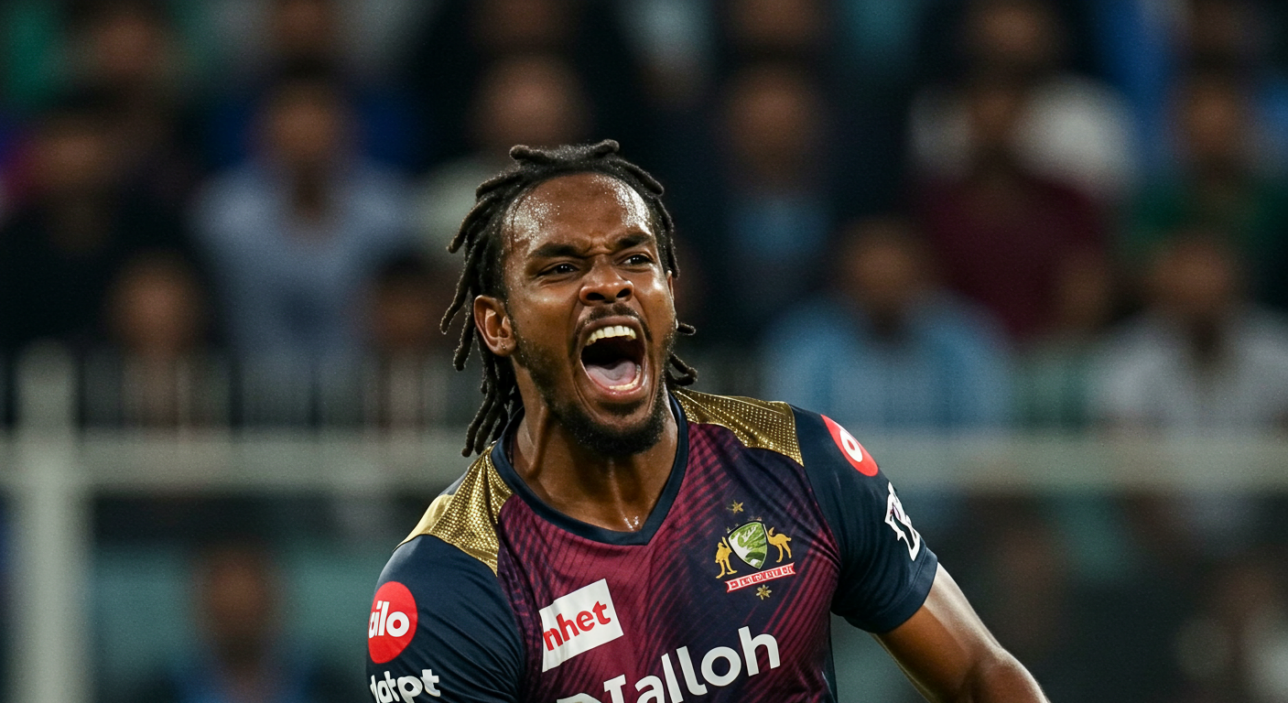
Jofra Archer’s return to Rajasthan Royals for ₹12.5 crore was one of the most high-stakes moves of the 2025 auction. For a player who has missed significant IPL time due to injury, the price tag raised eyebrows. But Royals weren’t just paying for overs—they were betting on impact: raw pace, match-turning spells, and an edge their attack has lacked since Archer’s prime in 2020.
So far, that investment has delivered… in parts.
Archer has featured in six of Rajasthan’s eight matches, carefully managed for workload. When he plays, the difference is obvious. Bowling in excess of 145kph, he’s hostile, accurate, and intimidating. He’s taken 9 wickets, including a stunning 4/21 against Royal Challengers Bengaluru, where he dismantled the top order with movement and speed that few in world cricket can replicate.
But the concern remains around continuity. Archer has already missed two matches with “precautionary rest,” and while Royals insist it’s not an injury recurrence, there’s a feeling that his availability must be rationed. That affects team balance and planning.
In terms of value, ₹12.5 crore feels fair if Archer can maintain fitness through the business end of the tournament. He’s a proven match-winner and a fearsome presence in the Powerplay and at the death. But his price isn’t just tied to performance—it’s tied to presence. And if he misses more games, Rajasthan may start asking whether elite quality in half a season is worth the same as reliability across the whole.
For now, though, when he’s on the park, he earns every rupee.
10. Josh Hazlewood – ₹12.5 crore (Royal Challengers Bengaluru)
Josh Hazlewood isn’t flashy. He doesn’t bowl 150+. He doesn’t sledge, celebrate wildly, or swing with the bat. What he does offer, however, is metronomic discipline, hard lengths, and Test-match intelligence in a T20 package—qualities RCB valued enough to shell out ₹12.5 crore.
And true to form, Hazlewood has been quietly exceptional.
Operating almost exclusively in the Powerplay and middle overs, he’s returned 11 wickets at an economy of 7.2. On surfaces offering bounce, he’s been virtually unplayable—forcing batters to hit straight or risk slicing the ball into packed off-side fields. His 3/18 against Delhi was textbook Hazlewood: top-of-off, no room, no width, just relentless pressure.
What makes him especially valuable is his ability to bowl defensively without ever looking negative. While others leak at the death, RCB have used Hazlewood to kill momentum early, allowing their spinners and finishers like Harshal Patel to operate with breathing room.
At ₹12.5 crore, Hazlewood might seem expensive for someone without flamboyance—but he’s exactly what RCB have long needed: control, clarity, and consistency.
Is he worth it? For a team perennially searching for balance, Hazlewood is not just worth the money—he’s a foundational piece in a side finally starting to look complete.
Conclusion: What ₹180 Crore Really Bought
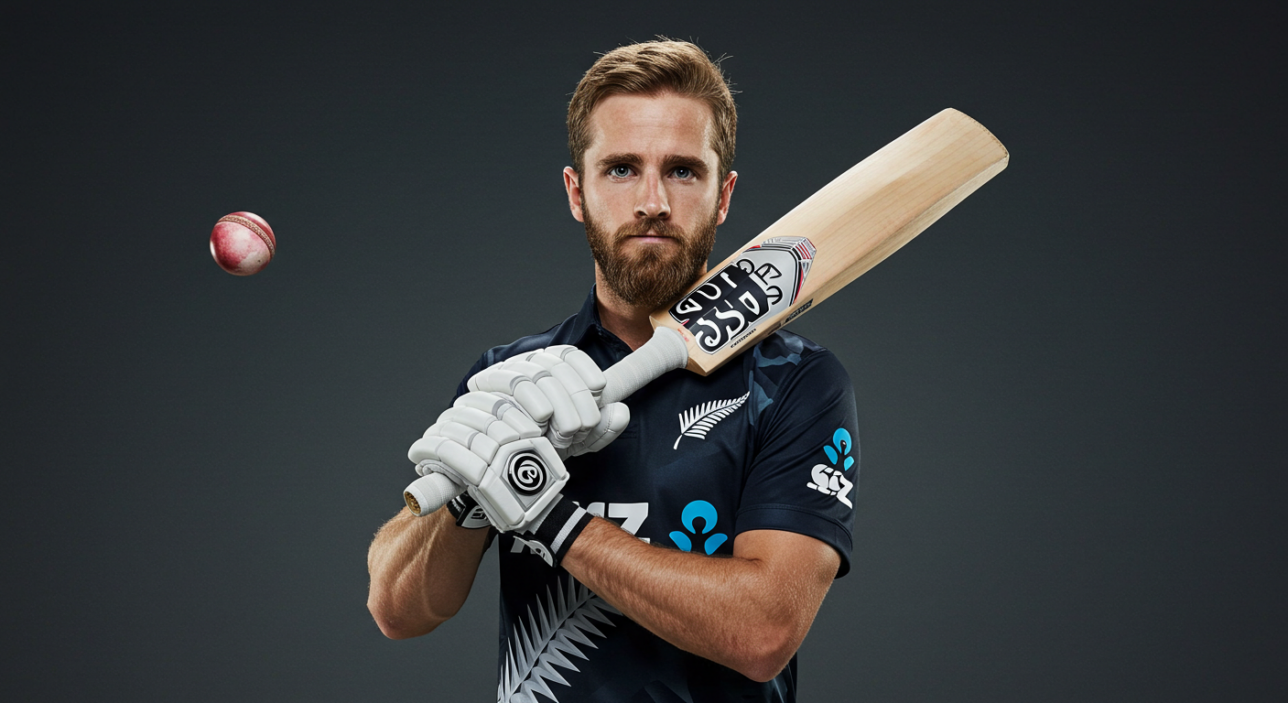
The top 10 most expensive players in IPL 2025 cost franchises nearly ₹180 crore in combined spend. That kind of outlay doesn’t just come with expectation—it comes with an unwritten contract: to lead, to win, to justify. But as this season shows, price doesn’t always equal performance.
Some buys—like Shreyas Iyer, Yuzvendra Chahal, and Josh Hazlewood—have repaid the faith handsomely, not through viral moments, but through tactical solidity and match-winning contributions. Others—like Pant, Buttler, and even Venkatesh Iyer—have shown flashes, but remain under pressure to live up to their billing.
This season’s auction also highlighted a shift: teams aren’t just paying for superstars, they’re paying for roles. Whether it’s anchor, enforcer, powerplay specialist, or death-over tactician, the league is valuing utility as much as charisma.
So, are they worth it?
Some are. Some aren’t. Most still could be. But in the IPL, where one over can rewrite reputations, there’s always time for redemption—or regret. One thing is certain: every crore coun




